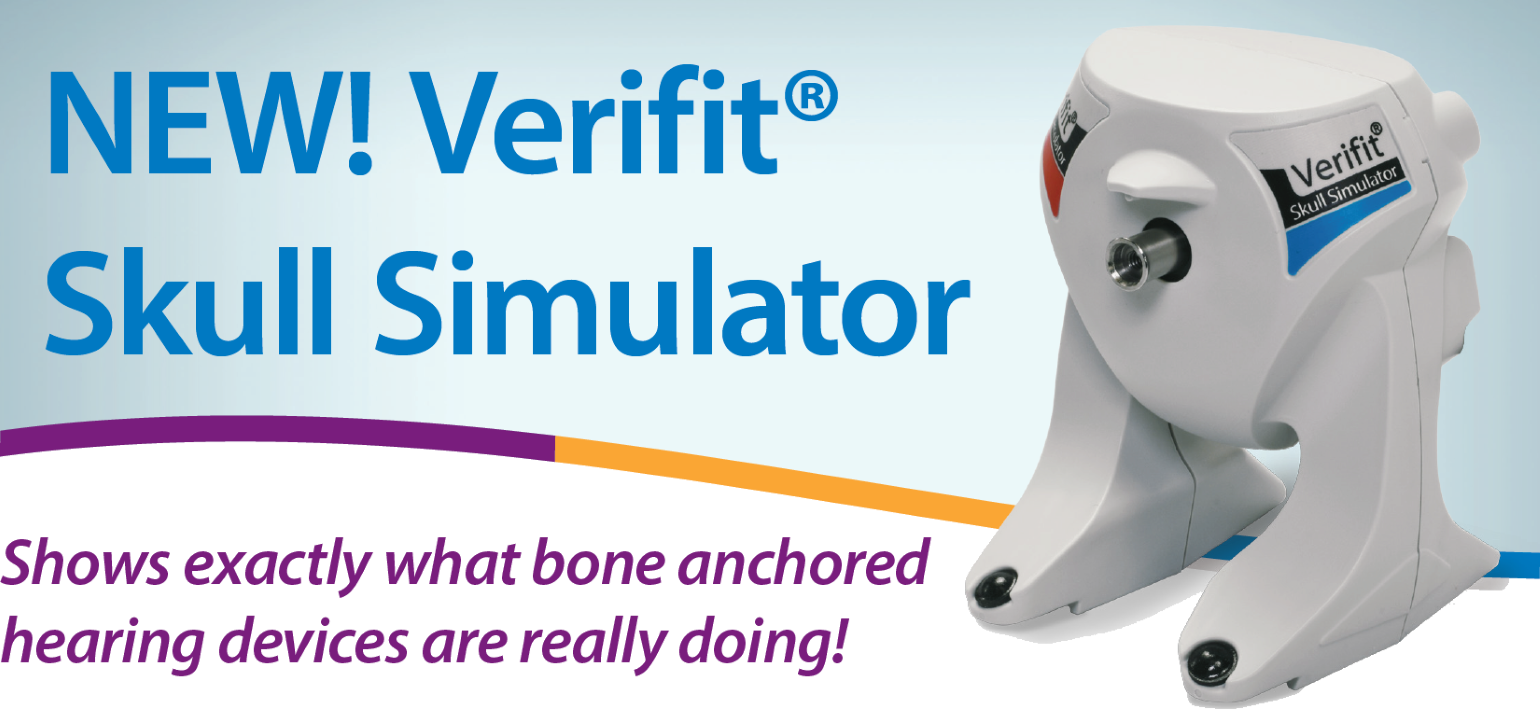
Are you giving your bone-anchored hearing device patients the best possible hearing experience?
Until now, verifying bone-anchored hearing devices (BAHD) has been guesswork, leaving patients at risk of sub-standard
hearing care. Traditional methods of behavioral verification have these well-known limitations:
- Test-retest variability
- Limited frequency resolution
- No estimate of maximum output
- Stimuli are not real world
- Inaccurate estimations of gain at real world levels
No more! Now you can objectively verify the capabilities of Ponto® and Baha® devices using any Verifit® test box produced since 2005, against first-ever DSL-BCD* targets.
Are you giving your bone-anchored hearing device patients the best possible hearing experience?
Until now, verifying bone-anchored hearing devices (BAHD) has been guesswork, leaving patients at risk of sub-standard
hearing care. Traditional methods of behavioral verification have these well-known limitations:
- Test-retest variability
- Limited frequency resolution
- No estimate of maximum output
- Stimuli are not real world
- Inaccurate estimations of gain at real world levels
No more! Now you can objectively verify the capabilities of Ponto® and Baha® devices using any Verifit® test box produced since 2005, against first-ever DSL-BCD* targets.
Verifit Skull Simulator comes with a powerful new Speechmap® environment!
You will immediately notice that we have created a specialized new Speechmap environment. It uses Force Level (FL) with appropriate vibrational transforms to represent the dynamic range of the patient.
When used in combination with the new DSL-BCD targets for bone conduction devices integrated into Speechmap, you can objectively verify that appropriate levels of audibility are provided across frequencies for various speech input levels.
You can also ensure each device is functioning appropriately relative to manufacturer’s specifications.
* William E. Hodgetts & Susan D. Scollie (2017): DSL prescriptive targets for bone conduction devices: adaptation and comparison to clinical fittings, International Journal of Audiology, DOI: 10.1080/14992027.2017.1302605
Ponto is a registered trademark of Oticon Medical A/S.
Baha is a registered trademark of Cochlear Limited.
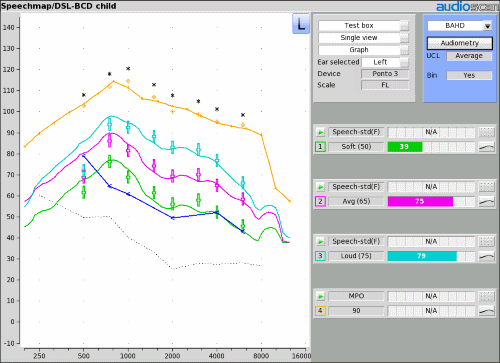
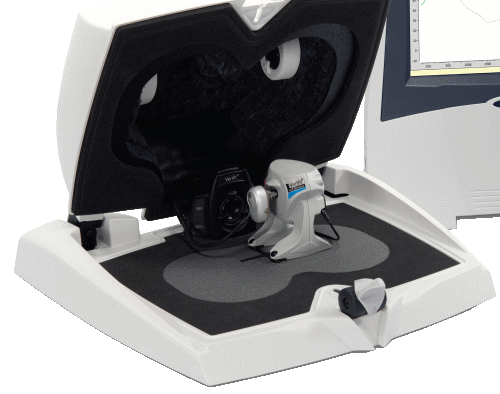
The Verifit Skull Simulator is easy to use
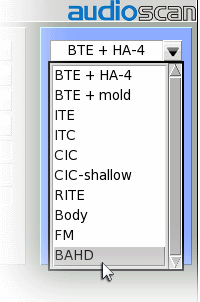
Simply connect the skull simulator to the test box coupler microphone connection of your Verifit professional verification system, attach the abutment-based BAHD, select ‘BAHD’ from the instrument-type drop-down menu and conduct Speechmap-based verification as you would with traditional hearing aids.
More good news! You do not need additional power, connections or software licenses.
How does the Verifit Skull Simulator work?
The Verifit Skull Simulator is an electronic coupler that simulates the mechanical impedance of the human head. It converts vibrations from the attached BAHD into electrical signals which are then received and displayed by the Verifit.
Check out these advanced features for professionals
Verifit Skull Simulator supports all the advanced test capabilities provided in the Verifit verification system. Accurately verify the adaptive features of your BAHD to ensure functionality and guide programming decisions. Evaluate directional microphone performance, noise reduction, battery drain and more.
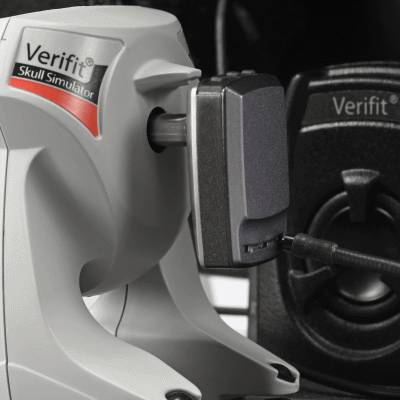
Take the guesswork out of your BAHD fittings with the new Verifit Skull Simulator from Audioscan

Compatible with Verifit2 (software 4.12.x or later)